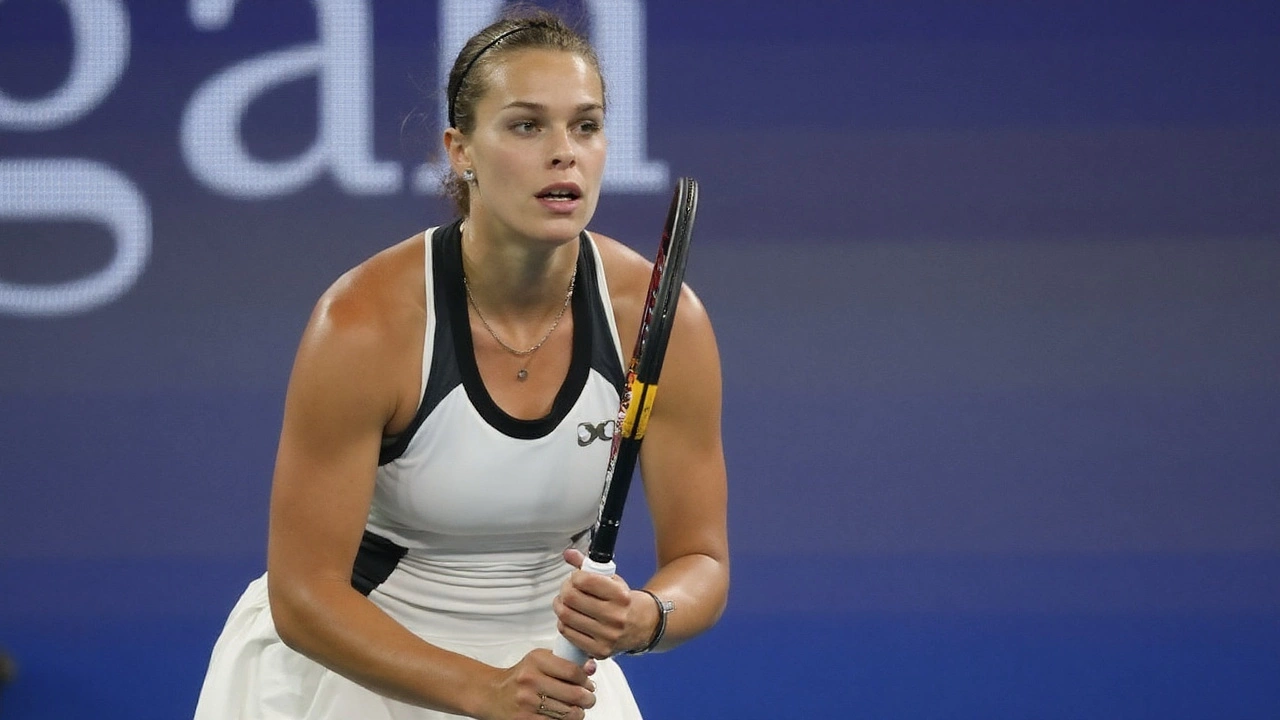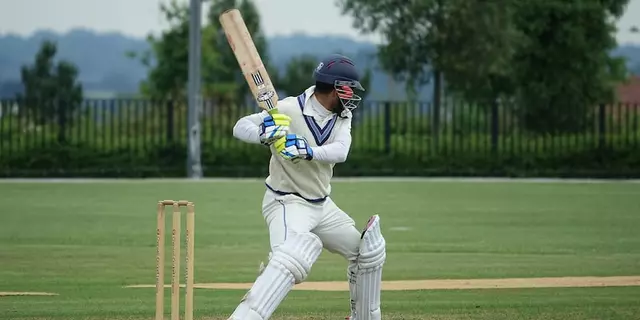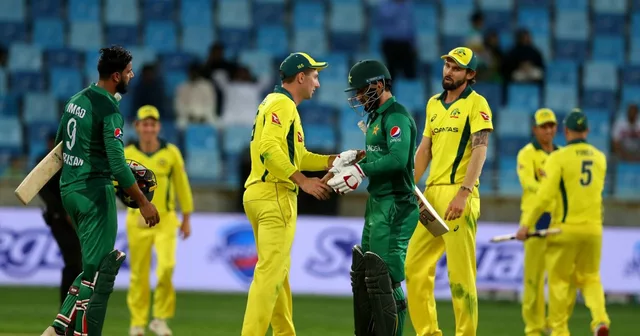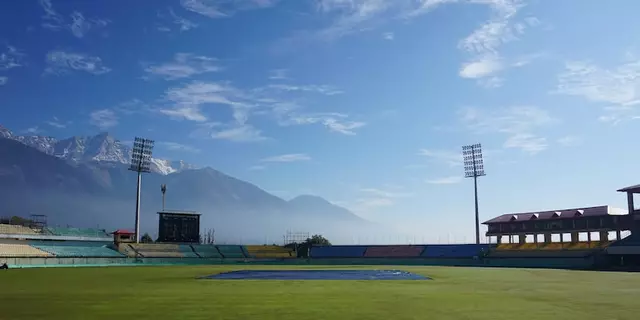Prime-time tennis at Arthur Ashe rarely needs a sales pitch, but Thursday night has a double feature that does it on its own. At 7 p.m. ET, the top seed and defending champion Aryna Sabalenka faces No. 4 Jessica Pegula—a direct sequel to last year’s final—followed by No. 8 Amanda Anisimova against No. 23 Naomi Osaka. It’s a clean split between incumbents and insurgents: two multiple‑major winners against two American contenders fueled by a roaring home crowd, with the rhythm and risk that only New York’s night session can produce at the US Open 2025.
Sabalenka comes in owning hard courts like a landlord. She has reached the final at the last five hard‑court majors and hasn’t taken a loss in a hard‑court Grand Slam semifinal since 2022. That track record is more than momentum—it’s muscle memory in the biggest moments. Pegula, steady and surgical, is back in the last four at a major for only the second time and is trying to make consecutive US Open finals after pushing Sabalenka to twin 7‑5 sets in last year’s title match. On the bottom half, Anisimova has barged into her first major semifinal behind clean, heavy hitting, while Osaka—four Slams and countless prime-time receipts—has climbed into her deepest major run since returning to full strength.
Sabalenka vs. Pegula: the sequel with higher stakes
Plenty has changed since that 2024 New York final, but the matchup math is familiar. Sabalenka plays first-strike tennis off a thundering serve and a forehand that can end points from neutral. Pegula thrives on early contact, redirecting pace with a flat backhand and leaning on precise returns that turn big servers into rally players. When Pegula controls the center of the court, the rallies compress and Sabalenka’s margins shrink. When Sabalenka lands a high percentage of first serves, Pegula’s biggest weapon—the return—gets muted.
Form favors the top seed. Sabalenka’s run through the hard‑court majors the past two seasons has been defined by clean early rounds and elevated shot selection under pressure. She’s not just outhitting opponents; she’s choosing better balls to attack. Pegula’s improvement is less flashy but just as real—especially her willingness to step inside the baseline on second‑serve returns and her comfort finishing points at the net. That shift mattered in her New York run last year and again this fortnight as she’s managed scoreboard pressure more calmly than in earlier Slam seasons.
Head‑to‑head, Sabalenka has the edge in the biggest matches, including last year’s final, but the series has zig‑zagged. Pegula has tightened their gap by using tempo changes and hitting behind Sabalenka, forcing stutters on the Belarusian’s recovery steps. One thing Pegula cannot give away: short forehands. If she leaves attackable mid‑court balls sitting up, Sabalenka will club them for free points.
Night conditions matter in Ashe. The air can get heavier, which keeps the ball a fraction lower through the court. That helps Pegula absorb pace, extend exchanges, and aim for lines without overhitting. It also rewards Sabalenka’s discipline: picking her forehand windows and trusting down‑the‑line backhands that open the court. The Ashe breeze—fickle and swirly at times—has a habit of turning second serves into dice rolls. Pegula will be eyeing that.
- Sabalenka’s serve patterns: If she mixes wide and body serves on the ad side, she’ll keep Pegula from sitting on cross‑court backhands.
- Pegula’s return depth: Early contact and heavy returns to the middle can blunt Sabalenka’s first strike and flip rallies into neutral.
- Backhand exchanges: Pegula’s flat backhand can rush Sabalenka’s forehand backswing. If Sabalenka defends with height and spin there, she regains time.
- Transition game: Pegula’s net forays have been efficient. If she commits to them, she shortens points on her terms.
- Scoreboard pressure: In last year’s final, Sabalenka handled 4‑5 service games with calm aggression. Replicating that poise is the difference between a two‑setter and a three‑setter.
Psychology is a subplot with real impact. Sabalenka has learned to treat bad patches as weather, not identity—ride them out, then accelerate when the window opens. Pegula’s composure runs the other way: keep the pulse slow, stay stubborn in patterns that work, and trust that she doesn’t need outright winners to win big points. If this match lives in the 7‑5 or tiebreak neighborhood again, small choices—serve target on a second point, depth on a mid‑court ball—will swing entire sets.
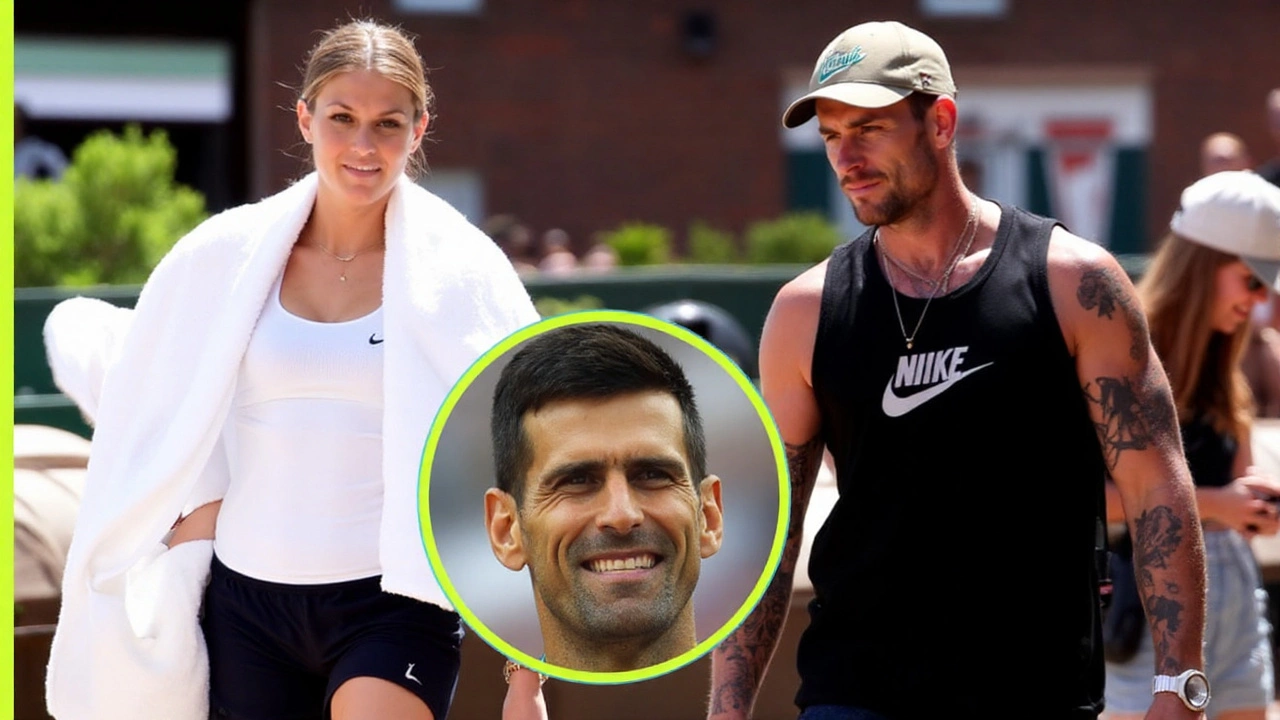
Osaka vs. Anisimova: first‑strike fireworks, razor‑thin margins
Osaka’s presence deep in week two changes the oxygen in Ashe. When her serve and forehand land together, rallies are brief and defensive skills become accessory. This summer, she’s stitched more patience into that power, rolling a few forehands cross‑court before turning on the line. That adjustment keeps the unforced errors manageable and her court position aggressive. The seed next to her name—No. 23—belies where her ceiling sits when the big points arrive.
Anisimova’s run is the breakout of the tournament. She’s matched heavy hitters strike for strike, carving angles early in rallies and leaning on a backhand that can both absorb and dictate. Her first serve has bought free points, but it’s her second ball—the first forehand after serve—that’s been lethal. When she takes it on the rise and hits behind opponents, she freezes even elite movers.
There’s relevant history here. Their most memorable meeting came in Melbourne in 2022, when Anisimova handed Osaka a tight three‑set defeat with clean aggression and no fear of the moment. The blueprint hasn’t changed: rob Osaka of rhythm, take early cuts off the return, and live with the occasional miss. Osaka, meanwhile, knows that winning this matchup means serving at a high clip and getting the forehand into cross‑court exchanges where she can step around and finish down the line.
Night-session Ashe tricks apply here, too. The court can feel slower under lights, and both players will need to squeeze more from court positioning. Osaka likes the wide serve on the deuce side to open space for a forehand into the opposite corner. Anisimova thrives when she redirects line early—especially with the backhand—forcing Osaka to change direction on defense. If the breeze kicks up, second‑serve location (not just pace) becomes a stress test neither can ignore.
- First‑serve percentage: Osaka’s best nights start above the mid‑60s. That shields the forehand and frees her to swing big on second balls.
- Backhand cross‑court: Anisimova’s most reliable pattern. If she can pin Osaka’s backhand and then surprise down the line, she controls the geometry.
- Return stance: Stepping inside the baseline on Osaka’s second serve is high risk, high reward. Anisimova’s timing has looked dialed this fortnight.
- Shot tolerance: Whoever accepts a four‑ball rally before pulling the trigger will likely own the scoreboard runs.
- Tiebreak nerve: Osaka’s serve and Anisimova’s backhand are both set‑deciders. One clean mini‑break can be enough.
Beyond tactics, there’s the human side. Osaka has rebuilt her competitive reps and looks comfortable in the noise—arms loose between points, no rush to the towel. That posture often prefaces her best tennis. Anisimova, back thriving on a major stage after an uneven couple of seasons, has managed momentum swings with a level head. She’s earning free points without chasing them.
The stakes are enormous no matter who advances. A Sabalenka win sets up a shot at a fourth major and maintains her hard‑court chokehold. Pegula, reaching another final in New York, would finally put a Grand Slam title within a single swing and validate the incremental upgrades she’s made for two seasons. Osaka is one victory from returning to a major final few expected this quickly—a statement that her championship window is open again. Anisimova, the 2019 Roland Garros semifinalist as a teenager, is now a win away from playing for the biggest title in the sport on home soil.
Points and prestige also ripple through the rankings. Semifinalists bank 780 ranking points, finalists 1,300, and the champion 2,000—numbers that shape year‑end standings and the race to the tour’s season finale. For Pegula and Anisimova, an all‑American final would be a home‑crowd fever dream. For Sabalenka and Osaka, a showdown would be a power‑tennis showcase loaded with pace and grit.
Then there are the New York variables that never quite fit the stat sheet: late‑summer humidity, the Ashe echo on second serves, the hush right before a challenge call, and a crowd that ramps from casual to cauldron as matches tighten. There’s a reason so many title runs in this city come down to a handful of launch‑angle decisions under lights.
So the questions that will decide Thursday night are simple on paper and brutal in practice. Can Pegula chip away at Sabalenka’s first strike long enough to drag this into a pattern war? Can Sabalenka keep her foot down on serve without handing Pegula second looks? Can Anisimova win the return battle against one of the best first serves in the game? Can Osaka keep rallies on her forehand terms when the ball slows in the night air? Two matches, four storylines, and one court that never hides nerves. That’s New York.
